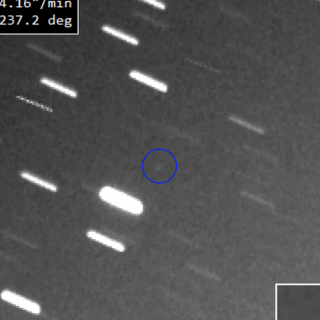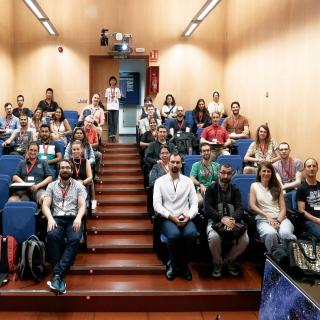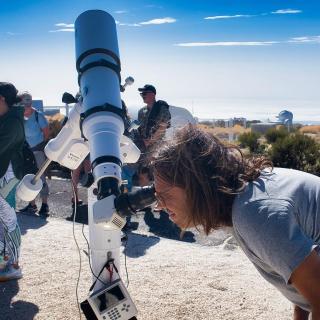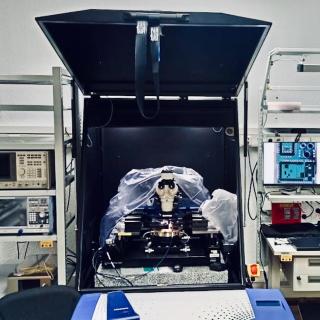
The discovery of 2024 NP2 took place during the night of July 4th in images taken during the commissioning of the TST, a new telescope recently installed at the Teide Observatory. On July 4th the first regular observations were made in the commissioning of the Transient Survey Telescope (TST), an astronomical installation produced by a public-private collaboration between the IAC and the Canary company Light Bridges , at the Teide Observatory (Tenerife). The TST is a robotic telescope with a wide field. With a 1 metre telescope and a camera using an sCMOS detector at its prime focus, it can
Advertised on




